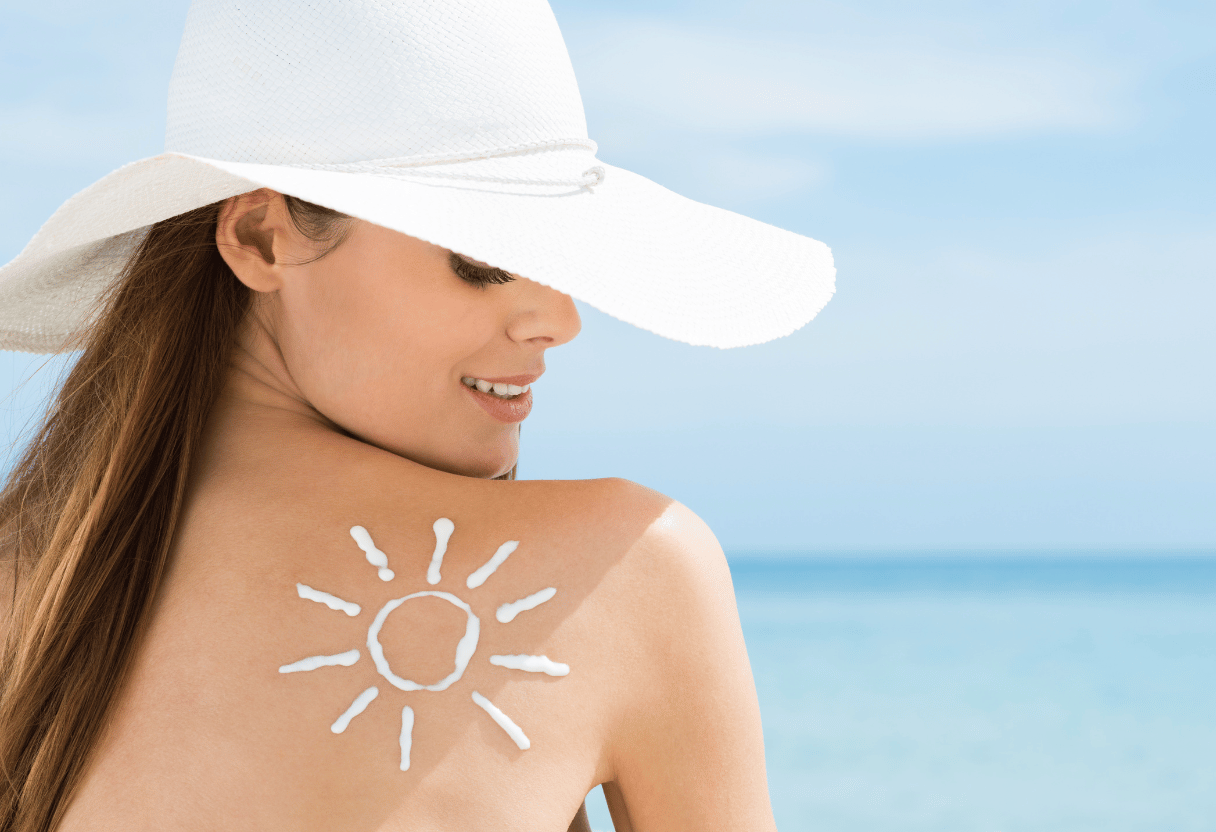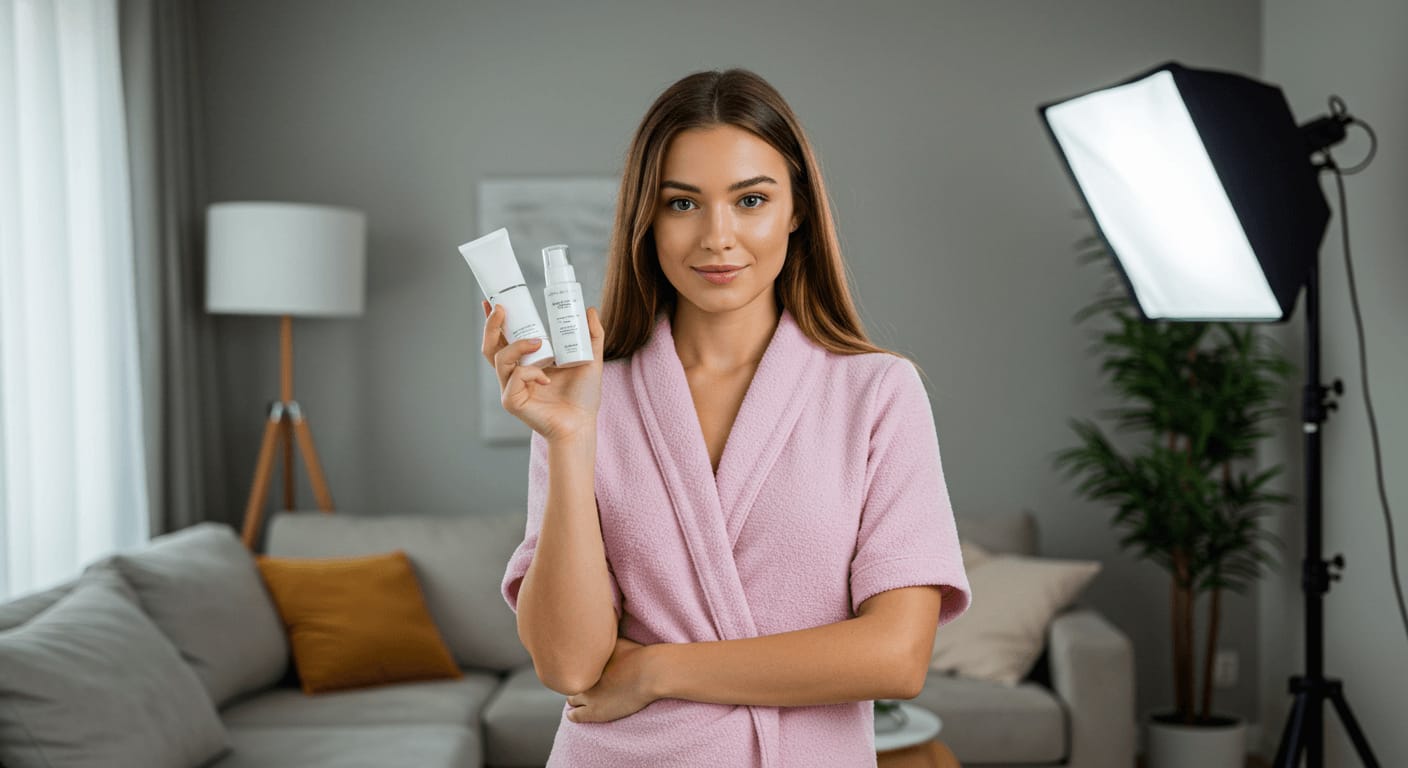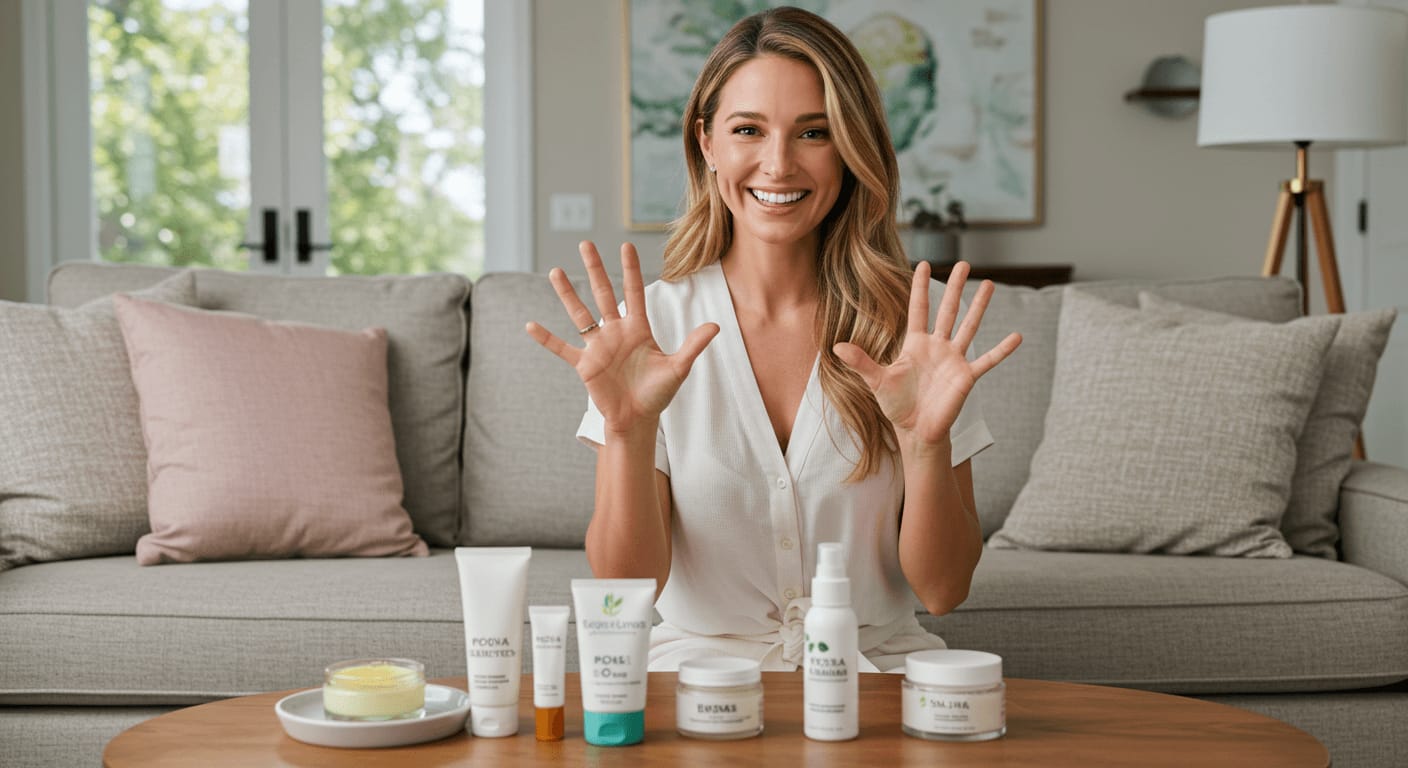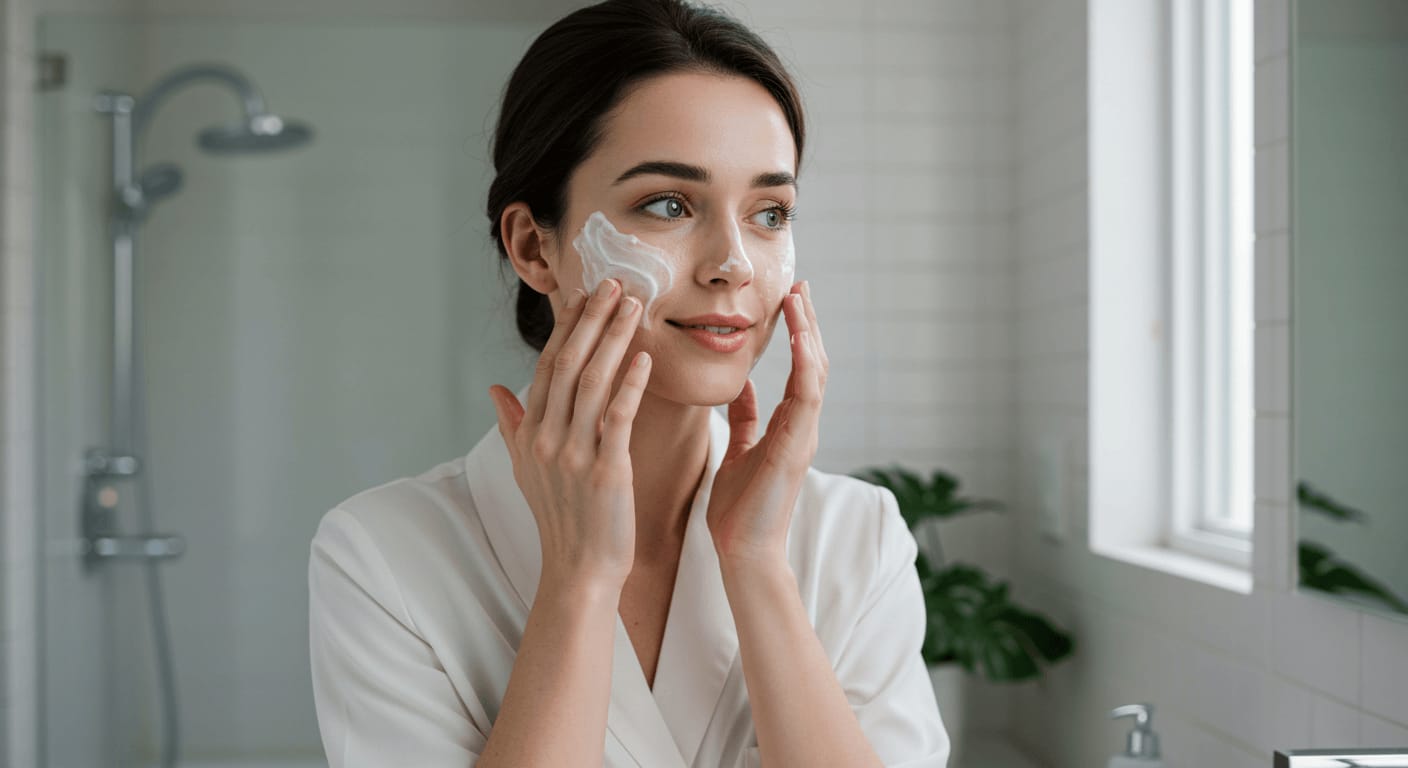Why Sun Protection Matters Most?
Sun exposure can significantly impact your skin health if not properly managed. To protect yourself, it’s vital to understand UV rays and how they can lead to skin damage, premature aging, and even skin cancer. This guide will provide you with key insights about sunscreens, protective clothing, and safe sun practices to help you enjoy the outdoors while prioritizing your well-being. Whether you’re at the beach or running errands, your sun protection routine can make all the difference.
Table of Contents

Key Takeaways:
- Sunscreen Application: Apply a broad-spectrum sunscreen with at least SPF 30, reapplying every two hours, especially after swimming or sweating.
- Protective Clothing: Wear wide-brimmed hats, long-sleeved shirts, and sunglasses to shield skin from harmful UV rays.
- Shade Seeking: Stay in the shade during peak sunlight hours, typically from 10 AM to 4 PM, to minimize sun exposure.
- Skin Checks: Regularly examine your skin for any unusual moles or changes, and consult a dermatologist if any concerns arise.
- Education: Stay informed about the UV index and how it affects sun safety to plan outdoor activities wisely.
Types of Sun Protection
While navigating the sun’s rays, it’s important to recognize the various types of sun protection available. Depending on your outdoor activities, you can choose from multiple options that cater to different needs. Here’s a quick overview of some effective types:
| Sunscreens | Topical products designed to absorb or reflect UV rays. |
| Protective Clothing | Garments specifically made for blocking UV exposure. |
| Shade Structures | Physical structures that provide shade from direct sunlight. |
| Hats | Accessories that protect your face and neck from the sun. |
| Sunglasses | Eyewear designed to shield your eyes from harmful UV rays. |
Knowing how to mix and match these sun protection methods ensures you maximize your safety against UV damage.
Sunscreens
The primary purpose of sunscreens is to shield your skin from the sun’s harmful ultraviolet (UV) rays. Sunscreens come with different sun protection factors (SPF), which indicate the level of protection you’re getting. It’s recommended to use a broad-spectrum product that protects against both UVA and UVB rays. Opt for an SPF of at least 30 for daily use, reapplied every two hours or immediately after swimming or sweating for optimal protection. Learn more about sunscreen benefits in Top 10 Sunscreens for Daily Use.
For effective application, apply the sunscreen generously on all exposed skin areas about 15 minutes before heading outdoors. Don’t forget to cover commonly overlooked areas like your ears, the back of your neck, and the tops of your feet. Selecting a water-resistant sunscreen can be beneficial for those engaging in activities where sweating is anticipated or while swimming.
Protective Clothing
For those seeking additional defense against UV exposure, wearing protective clothing is an excellent option. Garments labeled with a UV protection factor (UPF) provide a measure of how much UV radiation can penetrate the fabric. Aim for clothing that covers most of your arms and legs, as well as loose-fitting pieces that allow air circulation while still blocking UV rays effectively. Consider exploring 5 Best UPF Clothing Brands for Sun Safety.
Protective clothing can include long-sleeved shirts, pants, and sun hats made from specially designed fabrics that offer superior sun protection. Look for materials like tightly woven cloth or those treated with UV-absorbing agents for enhanced coverage. Wearing darker colors can also help, as they often absorb more harmful rays than lighter shades.
Protective clothing is not only functional but also offers you the chance to express your personal style while staying safe under the sun. With many brands offering fashionable options that incorporate sun protection, you can feel comfortable and stylish while prioritizing your health.
Shade Structures
The sun can be fierce, making it necessary to have some form of shade structures to retreat to during peak hours of UV radiation. These structures, which range from umbrellas to awnings and tents, can significantly reduce your risk of overexposure to sunlight. When selecting a shade option, ensure it provides sufficient coverage and is designed to block UV rays effectively. For ideas, check out Top 7 Outdoor Shade Options for Sun Protection.
Understanding the layout of your outdoor environment can help you position these shade structures for maximum efficiency. For instance, setting up a sunshade where you spend significant time, like near a pool or patio, allows you to enjoy the outdoors while minimizing UV damage.

Key Factors Influencing Sun Protection
It is necessary to understand that several factors can significantly influence your sun protection strategy. These factors vary from personal characteristics to environmental conditions, each playing a vital role in your risk of sun damage. Here are some key elements to consider:
- Skin Type
- UV Index
- Time of Day
Any understanding of these factors will empower you to implement more effective sun protection measures tailored to your unique situation, ensuring you maintain healthy skin while enjoying safe sun exposure.
Skin Type
Little do many people know that your skin type is a dominant factor in how your skin reacts to UV exposure. Factors such as pigmentation, sensitivity, and your history of sunburn can all influence your sun protection strategy. For instance, individuals with fair skin often burn more easily and require higher SPF products compared to those with darker skin tones, who may have a natural level of protection. Learn more about skin-specific tips in Protective Measures for Sensitive Skin Under the Sun.
Understanding your specific skin type allows you to choose the right type of sunscreen and other protective measures. You may need to apply products more frequently or seek shade more diligently if you are prone to burning. Tailoring your approach enhances your safety against the sun’s damaging rays.
UV Index
For effective sun protection, it’s important to pay attention to the UV index. This index indicates the strength of UV radiation on a given day and is crucial for assessing your sun protection needs. A higher UV index means you are at increased risk for skin damage and should take more protective measures. Typically, the index is highest between 10 a.m. and 4 p.m., which is when you should be most vigilant. Explore how to adjust your routine in UV Index Explained: Staying Safe in the Sun.
This index can also vary depending on your location, season, and local weather conditions. Utilizing resources such as weather apps and local news channels can keep you well-informed about the daily UV level, allowing you to make smart choices regarding outdoor activities.
Time of Day
While planning your outdoor activities, consider the time of day and its impact on your sun exposure. Generally, the sun’s rays are the most potent during midday hours, specifically between 10 a.m. and 4 p.m. This is when the UV radiation that can cause harm to your skin is at its peak intensity. To safeguard yourself during these hours, you may want to seek shade, wear protective clothing, or apply a higher SPF sunscreen. Check out Best Times to Be Outdoors Without Sun Damage for detailed guidance.
Type of activity also affects your sun exposure. If you are engaging in activities that keep you outdoors for extended periods, such as hiking or beach outings, it is even more vital to adjust your sun protection strategy according to the time of day. The intensity of the sun can lead to rapid skin damage, so stay informed about the conditions and act accordingly.

Tips for Effective Sun Protection
All effective sun protection strategies are vital to minimize the risk of skin damage caused by harmful UV rays. Implementing these practices can safeguard your skin while allowing you to enjoy the outdoors. Here are some key tips for strong sun protection:
- Use a broad-spectrum sunscreen with an SPF of 30 or higher.
- Seek shade whenever possible, especially during peak sunlight hours.
- Wear protective clothing such as hats and sunglasses for additional coverage.
- Stay hydrated, as sun exposure can lead to dehydration, increasing skin sensitivity.
- Conduct regular skin checks for any unusual spots or changes.
Thou should always prioritize these strategies to maintain healthy skin and reduce the risk of skin cancer.
Application Techniques
Clearly, the way you apply your sunscreen can significantly affect its effectiveness. For best results, apply your broad-spectrum sunscreen generously to all exposed skin at least 15 minutes before going outdoors. Be sure to use about one ounce, which is roughly the amount needed to fill a shot glass, and don’t forget often-overlooked areas such as your ears, neck, and feet. Additionally, be cautious to ensure that the sunscreen is evenly distributed, as uneven application can result in areas that are left unprotected. Learn more tips in How to Get the Most Out of Your Sunscreen Application.
Furthermore, you should choose a sunscreen suitable for your skin type, whether that’s oil-free for oily skin or moisturizing for dry skin. Pay attention to the expiration date, as expired sunscreen may not provide the level of protection you need. The right application technique is vital to reaping the full benefits of your sun protection routine.
Reapplication Schedules
Effective sun protection extends beyond just the initial application of sunscreen; it includes timely reapplication as well. You should reapply your sunscreen every two hours, or more frequently if you are swimming or sweating. This regular maintenance ensures that your skin remains shielded from UV rays, as even the best sunscreens can wear off over time. Discover the importance of consistent reapplication in Why Reapplying Sunscreen is Non-Negotiable.
This schedule becomes particularly important on sunny days or during outdoor activities. For instance, if you’re at the beach or participating in sports, consider applying water-resistant sunscreen that remains effective for up to 80 minutes in wet conditions. Your skin deserves the best protection possible, so don’t skip those reapplication intervals. Invest time in this routine to avoid sunburn, premature skin aging, and more serious conditions such as skin cancer.
Step-by-Step Guide to Choosing Sun Protection
Despite the overwhelming number of sun protection products available in the market, choosing the right one doesn’t have to be a daunting task. By following a systematic approach, you can identify the sun protection that best suits your skin type and lifestyle. Below is a guide that simplifies this process into easily manageable steps, helping you make informed decisions about your skin’s health.
| Step | Action |
|---|---|
| 1 | Assess your skin needs |
| 2 | Select suitable products |
| 3 | Integrate into your daily routine |
Assessing Skin Needs
Assuming you have a solid understanding of your skin type is the first step toward effective sun protection. Different skin types, whether oily, dry, sensitive, or combination, react differently to sun exposure and products. Furthermore, individual factors such as your environment and lifestyle can also influence how you should approach sun protection. Explore more in Understanding the Right Sunscreen for Your Skin Type.
Being aware of your skin’s needs will guide your selection process. For example, if you have sensitive skin, you might want to look for hypoallergenic or mineral-based sunscreens, as they are generally gentler and less likely to cause irritation. Evaluating your previous experiences with sun products can also provide valuable insights that cater to your unique skin concerns.
Selecting Products
Even with an understanding of your skin’s needs, the vast array of sun protection products can be overwhelming. When choosing sunscreens, pay close attention to the broad-spectrum label, which protects against both UVA and UVB rays. Consider the SPF rating; for daily use, an SPF of at least 30 is recommended, although higher ratings may be necessary for extended outdoor activity. For additional guidance, refer to Top Tips for Choosing the Best SPF for Daily Use.
Another important aspect to consider is the formulation of the sunscreen. Some products are specifically designed for different activities, such as water-resistant formulas for swimming and dry sprays for easy application. Additionally, examine product labels for anti-aging and moisturizing benefits that can enhance your sun protection routine.
Daily Routine Integration
Needs change with the seasons and your daily activities. To ensure effective sun protection, adjust your regimen based on your outdoor exposure. Incorporating sunscreen into your morning routine after moisturizing can help establish a consistent habit, while reapplying every couple of hours is vital during prolonged sun exposure. Learn how to enhance your sun care habits with Simple Steps to Integrate Sunscreen Into Your Routine.
It’s also wise to pair your sunscreen with other forms of sun protection, such as wearing protective clothing and seeking shade during peak hours. Finding a way to make sun protection feel integral to your routine rather than an afterthought can significantly enhance your efforts in maintaining skin health.
Pros and Cons of Sun Protection Methods
Once again, evaluating the advantages and disadvantages of different sun protection methods can help you make informed choices about how to safeguard your skin. Below is a summary of these methods presented in a clear format:
| Pros | Cons |
|---|---|
| Reduces risk of skin cancer | Can be expensive |
| Prevents premature aging | May cause skin irritation for sensitive individuals |
| Available in various formulations | Some products can be greasy or feel heavy |
| Block harmful UV rays effectively | Needs to be reapplied frequently |
| Easy to incorporate into daily routine | Some products may not last through water activities |
| Public awareness of skin health | Limited protection if not applied properly |
| Can enhance overall skin health | Environmental concerns with certain chemicals |
| Educational resources available, like The Ultimate Guide to UV Safety and Skin Health: Protect … | Pleasant scents may not appeal to everyone |
Benefits of Regular Use
Some of the most significant benefits of regularly using sun protection include a reduced risk of developing skin cancer and preventing premature signs of aging. By applying sunscreen daily, you create a barrier against harmful UV rays, which can damage your skin even on cloudy days. Developing a straightforward daily routine that incorporates sun protection can help ensure that you are consistently safeguarded against environmental threats. Explore more in Why Sunscreen Should Be Your Daily Essential.
Moreover, utilizing sun protection regularly can promote better overall skin health. Many sunscreens contain nourishing ingredients that contribute to moisture retention and skin maintenance. As a result, your skin may not only remain youthful but also gain a radiant and healthy glow. With the wealth of information available today, you can easily find a product that suits your skin type and lifestyle.
Potential Drawbacks
Protection methods come with potential drawbacks that you should be aware of. For instance, while some sunscreens are designed for sensitive skin, others may contain ingredients that can lead to irritation or allergic reactions. Additionally, specific formulations may feel greasy or thick on your skin, discouraging regular use. Frequent reapplication can also be a hassle, especially if you’re on the go or engaged in water activities. For tips on choosing the right product, check out How to Select Skin-Friendly Sunscreens.
A common concern is the environmental impact associated with certain chemical ingredients found in some sun protection products. Ingredients like oxybenzone and octinoxate have been flagged for their potential harm to marine life. Furthermore, applying products incorrectly can lead to inadequate sun protection, which defeats the purpose of using them in the first place. It’s imperative to weigh these potential drawbacks carefully against the benefits to ensure you’re making the best decisions for your skin. Learn more in Sustainable Sunscreen Choices for a Healthier Planet.
Common Myths About Sun Protection
After delving into the world of sun protection, you may encounter various myths that can steer you away from the necessary precautions. Some people believe that they don’t need sunscreen on cloudy days, thinking that UV rays are blocked by the clouds. This couldn’t be further from the truth. Up to 80% of UV rays can penetrate clouds, meaning you remain at risk of skin damage even when it appears overcast. Similarly, the misconception that you only need sunscreen at the beach or during outdoor sports is misleading. UV rays can harm your skin anytime you are outdoors, regardless of your activity or location. Explore 7 Best Sunscreens for Daily Use in 2025 to ensure you’re always protected, no matter the circumstances.
Debunking Misconceptions
An effective way to protect your skin is to combat these misconceptions with educated insights. A common myth is that people with darker skin tones do not need sunscreen because they are naturally protected from sun damage. While it is true that melanin offers some degree of protection, it does not eliminate the risk of sunburn, skin cancer, or premature aging. Everyone, regardless of their skin type, should incorporate sun protection into their daily routine. Check out our Top 5 Sun Safety Tips for Every Skin Tone in 2025 to learn how to care for your skin effectively.
Scientific Evidence
If you ever doubt the importance of sun protection, scientific evidence solidifies its necessity. Numerous studies have shown that consistent use of sunscreen reduces your risk of developing skin cancer significantly. For instance, research indicates that applying a broad-spectrum SPF of 30 or higher can lower your chances of melanoma by more than 50%. This has led dermatologists to advocate for daily sunscreen application as an integral part of your skincare regimen, regardless of weather conditions or outdoor activities. Discover the 5 Reasons Dermatologists Recommend Daily SPF in 2025 for a deeper understanding of why sun protection matters.
FAQ:
Q: What are the different types of sunscreen available?
A: Sunscreens can primarily be categorized into two types: chemical and physical (or mineral) sunscreens. Chemical sunscreens absorb UV radiation and convert it into heat, which the skin then releases. They typically contain organic compounds like oxybenzone and avobenzone. Physical sunscreens, on the other hand, contain active mineral ingredients, such as zinc oxide or titanium dioxide, which sit on the skin’s surface and reflect and scatter UV rays. Both types offer protection, but individuals may prefer one over the other based on skin type, sensitivity, or preference for natural ingredients.
Q: How often should I apply sunscreen for optimal protection?
A: For optimal sun protection, it is recommended to apply sunscreen generously to all exposed skin at least 15 minutes before going outside. After the initial application, sunscreen should be reapplied every two hours, or more frequently if swimming, sweating, or towel drying. Always check the label for specific instructions, as certain formulations may offer varying durations of effectiveness before needing to be reapplied.
Q: What SPF level should I choose for daily use?
A: The American Academy of Dermatology recommends using a broad-spectrum sunscreen with an SPF of at least 30 for daily use. A higher SPF can be beneficial for those who are spending extended periods outdoors or have fair skin. However, it’s important to choose a product that you will use liberally and often, as a lower SPF can still provide adequate protection if applied correctly and frequently.
Q: What are some additional sun protection measures besides sunscreen?
A: In addition to using sunscreen, there are several effective measures to enhance sun protection: wearing protective clothing, such as long sleeves and wide-brimmed hats, seeking shade, especially between 10 a.m. and 4 p.m., and wearing sunglasses that block UV rays to protect your eyes. Using protective accessories like umbrellas or beach tents when outdoors can also reduce direct sun exposure.
Q: Can I use sunscreen on children, and if so, what should I know?
A: Yes, sunscreen can and should be used on children to protect their delicate skin from UV damage. For infants under six months, it is recommended to avoid direct sun exposure altogether and dress them in protective clothing. For older children, a broad-spectrum sunscreen with at least SPF 30 that is safe for sensitive skin is advisable. Always perform a patch test to check for any skin reactions and apply sunscreen liberally, ensuring all exposed areas are covered. Ensure to reapply frequently, especially after swimming or sweating.
























0 Comments